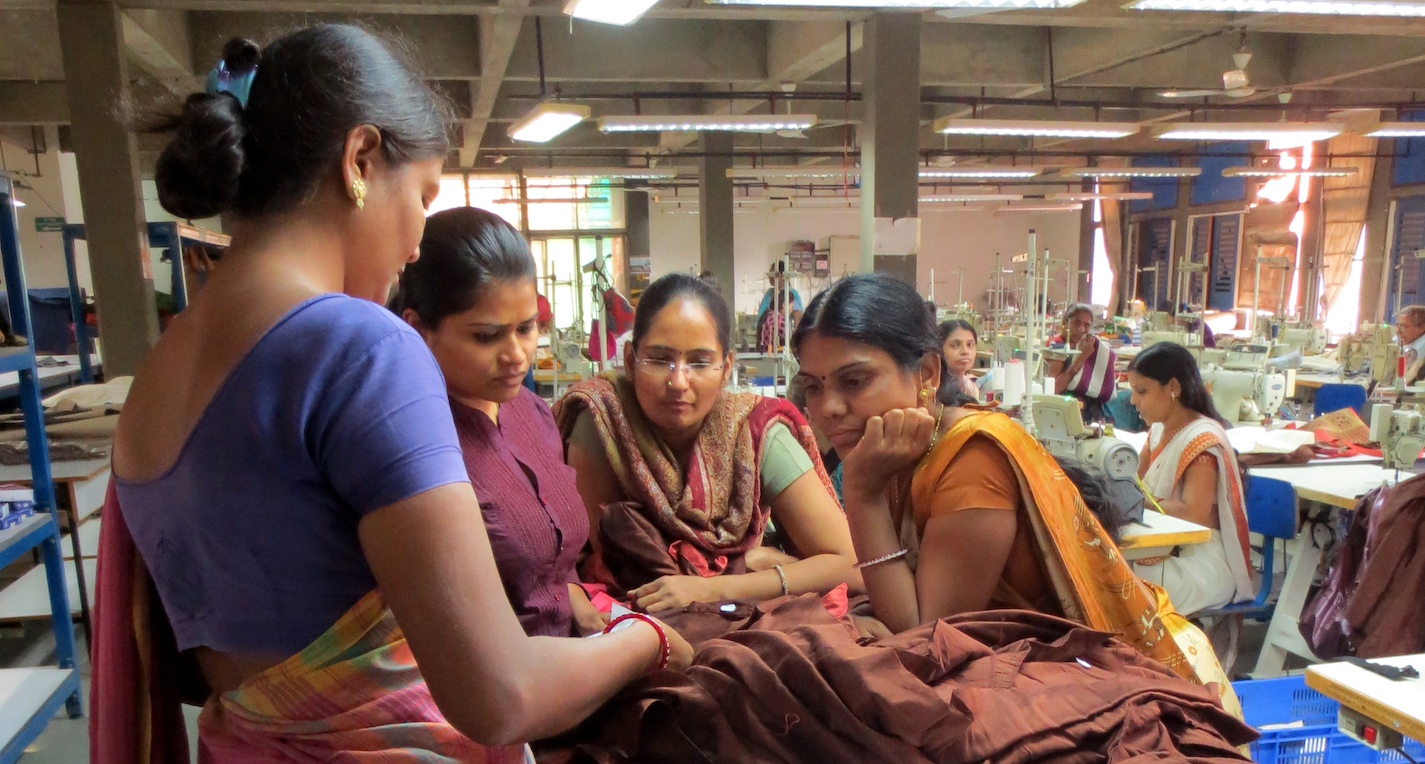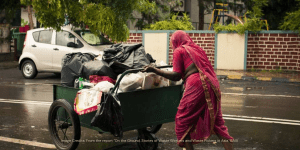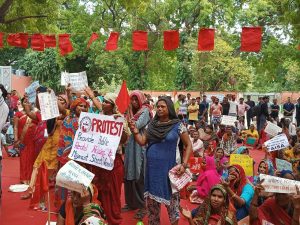Leela had been a binding assistant at the Kerala Books and Publications Society, a state-owned textbook publishing house, for 19 years when she was overlooked for the post of a supervisor. In terms of seniority, she claimed she was eligible for a promotion. However, her employer argued that as a woman, she could not work beyond 7 pm, which she would need to in a supervisory role, under the Factories Act, 1948.
Leela took her grievance to the court in 2004, arguing against the discriminatory nature of Section 66 of the Factories Act. The Kerala High Court dismissed the petition, reasoning that “the familial and social commitments of women are such that they cannot be entrusted with certain jobs as their male counterparts can”.
Leela is likely not the only Indian woman to be denied a promotion or even employment on account of laws that treat men and women differently. There are over 200 employment-related laws from across the country that discriminate against female job-seekers, according to the recent State of Discrimination Report by Trayas, an independent regulatory research and policy advisory organisation.
These discriminatory laws allow the State to act as a paternalistic agent and put a premium on the employment of women, impacting female labour participation.
The laws discussed in the study—a few of which group women with children, criminals, and people with disabilities—either completely prohibit the employment of women in certain occupations or impose time restrictions on their work. They also insist on a whole nexus of permissions/conditions that make it hard for employers to take on female employees.
The study, published in March 2022, assessed 23 Indian states on the basis of four restrictions on female jobseekers: (1) working at night; (2) working in jobs deemed hazardous; (3) working in jobs deemed arduous; and (4) working in jobs deemed morally inappropriate.
Of these, employment of women at night is the most legislated: five of the six laws analysed in the study —Factories Act and Rules, Shops and Establishment Act, Contract Labour Act and Rules, Inter-state Migrant Workmen Act and Rules, and Plantation Labour Act—place restrictions on women working at night.
The study ranked Odisha, Meghalaya, Chhattisgarh, and West Bengal as the worst performers in terms of the numbers and egregiousness of their restrictions on female employment. Kerala, Tamil Nadu and Goa were ranked best.
As for the laws, the Factories Act, 1948 has the maximum types of restrictions on female employment — it prohibits women from working at night, in hazardous processes, and in jobs deemed arduous.
The study’s conclusions may help explain why Indian women remain severely underrepresented in the formal economy—only 18.6% of all women, and only 24.5% of those in the working-age group, are a part of the workforce in India.
The female working age population possesses an untapped potential: research shows that if India were to focus on harnessing female economic participation, 264 million more workers could be mobilised and the country’s GDP could grow by 27%. Removing discriminatory provisions and providing equal opportunities to Indian women, can add USD 700 billion (Rs 70,000 crore) to the country’s economy.





